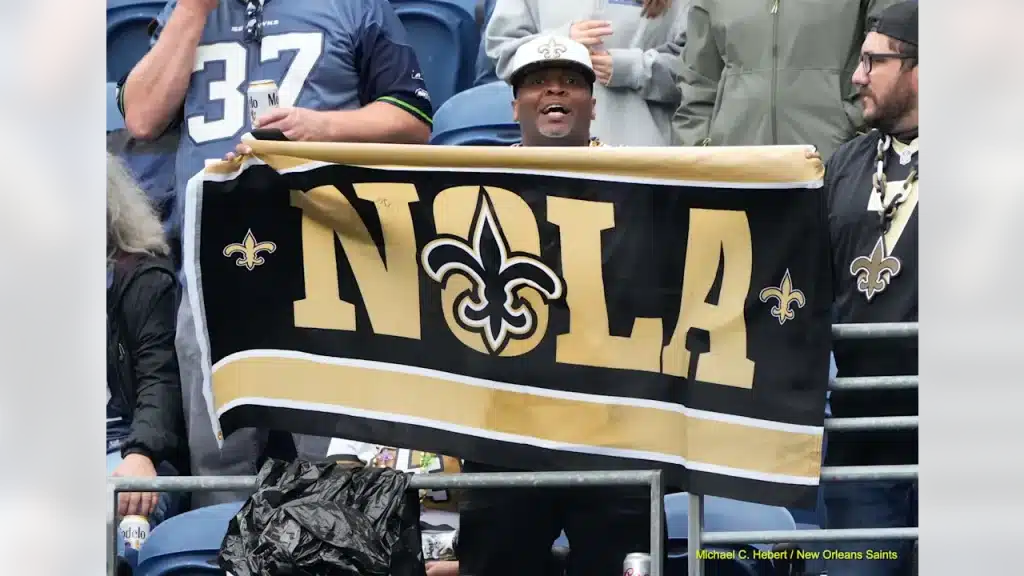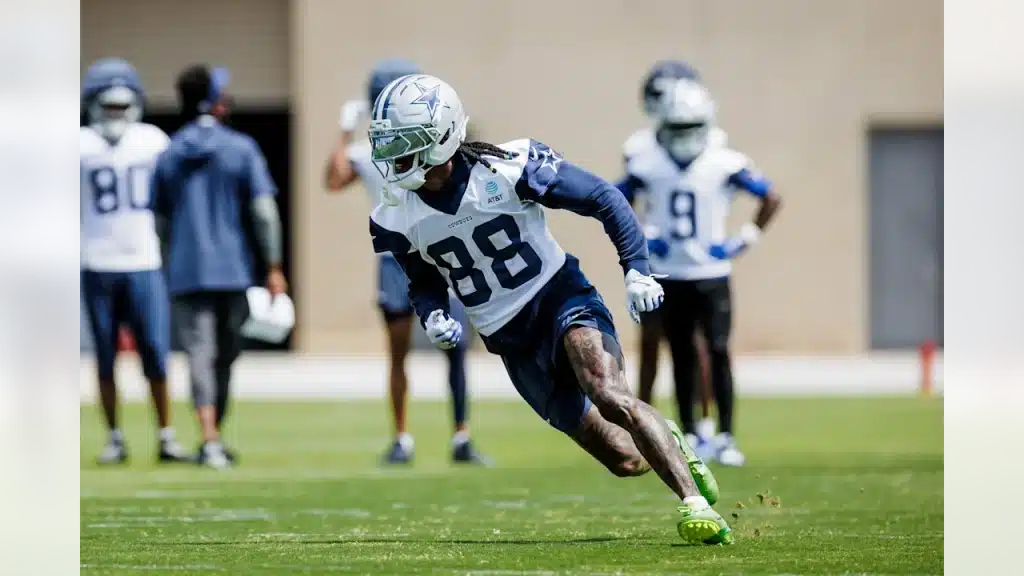The 2025 WNBA All-Star Game in Indianapolis may have been billed as a celebration of the league’s brightest stars, but it quickly transformed into a powerful labor statement as players used the national stage to amplify ongoing frustrations surrounding the league’s Collective Bargaining Agreement (CBA) negotiations.
Just before tipoff, every player on both rosters took the floor in coordinated black shirts emblazoned with a bold, unified message: “Pay Us What You Owe Us.” Sitting courtside in support was rookie sensation Caitlin Clark, who, though not active due to injury, sported the same shirt — further underscoring the solidarity among all 144 players across the league.
The moment was symbolic but not surprising. The WNBA has long been at the forefront of athlete activism. From players donning “Black Lives Matter” and “Say Her Name” warm-up shirts in 2020 to championing Britney Griner’s release during her wrongful detainment in Russia, the league’s stars have consistently used their platform for causes beyond the court. This time, the target was internal: the league office, ownership, and the economics of professional women’s basketball itself.
The Root of the Frustration
With the current CBA opt-out window approaching in the fall, many players have voiced frustration over stagnant salary structures, limited revenue sharing, and a lack of investment in facilities, travel, and marketing. Under the current agreement, the maximum base salary for a WNBA player is roughly $250,000 — a fraction of what their NBA counterparts make, even in reserve roles. While league officials often cite revenue constraints, players argue that increased visibility, jersey sales, and a surge in media interest — driven in part by rising stars like Clark, Angel Reese, and Paige Bueckers — prove that the league can and should do more.
“This isn’t just about numbers on a paycheck,” one veteran All-Star told reporters anonymously postgame. “It’s about what our value says about how much they believe in us. If we’re bringing in record viewership, selling out arenas, and driving culture — where’s the return?”
A Message Seen (and Heard) Around the League
Social media erupted within minutes of the players’ unified statement, with athletes, journalists, and fans voicing support. NBA players like Chris Paul and Damian Lillard retweeted clips of the scene with messages of solidarity. Former WNBA stars turned commentators, including Candace Parker and Chiney Ogwumike, praised the move during halftime coverage, calling it a “critical moment in labor history for women’s sports.”
The shirts were reportedly part of a coordinated, week-long plan involving the Women’s National Basketball Players Association (WNBPA), which has been actively preparing its bargaining stance. Sources close to the union indicated that more demonstrations and public statements could follow if progress stalls.
The League Responds
WNBA Commissioner Cathy Engelbert issued a brief statement after the game, noting the league’s “ongoing dialogue with the players” and emphasizing the importance of “growing the league together.” While Engelbert did not address the protest directly, insiders say the league office was aware of the shirts in advance and chose not to intervene.
Still, for many players, dialogue is no longer enough. As revenues climb and the cultural footprint of the WNBA expands, the demand is no longer for patience — it’s for action.
What’s Next?
With negotiations poised to intensify in the coming months, the All-Star Game protest has placed public pressure squarely on the WNBA’s leadership. The league must now navigate the dual challenge of maintaining its upward momentum while also responding to players who are no longer content to wait for overdue equity.
As one fan tweeted after the shirts went viral: “They gave us the best All-Star Game in years — now it’s time to give them what they deserve.”
The message is clear. The players have spoken. Now, the ball is in the league’s court.




